Are you tired of the slow heating and uneven cooking that traditional gas or electric stoves often deliver? If so, it’s time to step into the future of cooking with induction technology. Brace yourself for a mind-boggling fact: did you know that induction cooktops can boil water in just 90 seconds? Now, imagine how this revolutionary cooking method could transform your culinary experience. In this comprehensive guide, we will unravel the mysteries behind induction cooking and delve into the fascinating science that makes it all possible. So, prepare to be amazed and let’s dive into the world of induction cooking.
Top-rated induction cooktops for efficient and precise cooking
What is Induction Cooking?
Induction cooking is a revolutionary method of cooking that is quickly gaining popularity in kitchens around the world. Unlike traditional gas or electric cooktops, induction cooktops use electromagnetic technology to heat your pots and pans directly. In this blog section, we will explore the basic principles behind induction technology and how it differs from other cooking methods.
How Does Induction Cooking Work?
Electromagnetic Technology
Induction cooktops utilize electromagnetic fields to generate heat. When an induction-compatible cookware is placed on the cooktop, an electric current is induced within the pot or pan due to the magnetic field. This current creates resistance within the cookware, resulting in heat production. The heat is then transferred to the food inside the cookware, allowing for efficient and precise cooking.
Direct Heat Transfer
Unlike gas or electric cooktops, induction cooktops heat the cookware directly, rather than heating the cooking surface. This means that the cookware becomes the source of heat, resulting in faster and more efficient cooking. As a result, induction cooking offers several benefits:
- Faster cooking times: Due to the direct heat transfer, induction cooktops can reach high temperatures quickly, reducing cooking times significantly.
- Precise temperature control: Induction cooktops offer precise temperature control, allowing for more accurate cooking and preventing overheating or undercooking.
- Energy efficiency: As heat is generated directly in the cookware, there is minimal heat loss, making induction cooking highly energy-efficient.
Induction-Compatible Cookware
For induction cooking to work effectively, it is important to use cookware that is compatible with induction technology. Induction-compatible cookware is typically made of magnetic materials such as cast iron or stainless steel. To check if your cookware is induction-compatible, simply use a magnet. If the magnet sticks to the bottom of the cookware, it can be used on an induction cooktop.
Induction Cooking vs. Gas and Electric Cooking
Efficiency and Speed
Induction cooking offers significant advantages over traditional gas and electric cooking methods. Let’s compare the key differences:
- Induction cooking is faster: Induction cooktops heat up faster than gas or electric cooktops, reducing cooking times and getting meals on the table more quickly.
- Induction cooking is more energy-efficient: As mentioned earlier, induction cooktops heat the cookware directly, resulting in minimal heat loss and greater energy efficiency compared to gas or electric cooktops.
- Induction cooking provides precise temperature control: With induction cooktops, you can easily adjust the temperature with precision, allowing for more accurate cooking and better results.
Safety
Induction cooking also offers enhanced safety features:
- Cool cooking surface: Unlike gas or electric cooktops, the cooking surface of an induction cooktop remains cool to the touch during cooking. This reduces the risk of burns and makes it safe for children and pets.
- Automatic shut-off: Many induction cooktops are equipped with safety features such as automatic shut-off, which turns off the heat when the cookware is removed or when no cookware is detected. This prevents accidents and saves energy.
How Does Induction Cooking Work?
Induction cooking is a revolutionary technology that has gained popularity in recent years. It offers numerous advantages over traditional cooking methods, such as faster heating times and precise temperature control. In this blog section, we will explore the technical aspects of induction cooking and explain how it works.


Components of an Induction Cooktop
Induction cooktops consist of several essential components that work together to generate heat. Understanding these components is crucial to grasp the functioning of induction cooking:
- Induction Coil: The induction coil is the primary component responsible for generating heat. It is made up of a copper wire wound into a coil shape. When an electric current passes through the coil, it creates a rapidly alternating magnetic field.
- Electromagnet: The alternating magnetic field generated by the induction coil induces an electric current in the cookware placed on the cooktop. This current, in turn, generates heat due to the resistance of the cookware’s material.
- Cookware: To work with an induction cooktop, cookware must have a magnetic base or be made of a magnetic material, such as cast iron or certain stainless steels. The magnetic field generated by the cooktop interacts with the cookware, causing it to heat up rapidly.
The Induction Cooking Process
Now that we understand the key components, let’s discuss how induction cooking actually works:
- Power Supply: When you turn on an induction cooktop and select a specific power level or temperature, an electric current flows through the induction coil, which creates the magnetic field.
- Magnetic Field Generation: The rapidly alternating magnetic field produced by the induction coil extends above the cooktop. This field is concentrated within a specific area, typically marked on the cooktop surface.
- Interaction with Cookware: When compatible cookware, such as a magnetic-based pot or pan, is placed within the magnetic field, the field induces an electric current in the cookware. This current generates heat due to the cookware’s resistance to the current flow.
- Heat Transfer: The heat generated in the cookware is then transferred to the food or liquid inside, rapidly heating it up. This allows for precise temperature control and quick cooking times.
Advantages of Induction Cooking
Induction cooking offers several notable advantages over traditional cooking methods. Here are some key benefits:
- Efficiency: Induction cooktops are highly efficient as they directly heat the cookware, resulting in minimal heat loss. This efficiency can save energy and reduce cooking times.
- Temperature Control: Induction cooktops provide precise temperature control, allowing for accurate cooking and preventing overheating. This is particularly beneficial for delicate dishes or recipes that require specific temperature settings.
- Safety: Induction cooktops are safer to use compared to gas or electric stovetops. Since the cooktop surface doesn’t get as hot as conventional methods, the risk of burns or accidental fires is significantly reduced. Additionally, many induction cooktops include safety features like automatic shut-off.
- Easy Cleanup: Due to the lack of open flames or direct heat on the cooktop surface, spills and splatters are less likely to burn or stick. This makes cleaning an induction cooktop a breeze.
In conclusion, induction cooking utilizes electromagnetic induction to generate heat directly in the cookware, resulting in efficient and precise cooking. With its numerous advantages, it’s no wonder that induction cooktops are gaining popularity in modern kitchens.
Remember to check the compatibility of your cookware with induction cooktops before making a purchase, as not all pans and pots are suitable. Enjoy the benefits of induction cooking and elevate your culinary experience!
Advantages of Induction Cooking
Induction cooking has gained popularity in recent years due to its numerous benefits over traditional cooking methods. In this section, we will explore the advantages of using induction cooktops, ranging from energy efficiency to safety features. Whether you are a seasoned chef or a novice cook, understanding the benefits of induction cooking will undoubtedly convince you to make the switch.
1. Energy Efficiency
Induction cooktops are renowned for their exceptional energy efficiency. Unlike gas or electric cooktops, induction cooktops directly transfer heat to the cookware, resulting in minimal heat loss. This efficient heat transfer leads to faster cooking times and reduced energy consumption. Here are some key reasons why induction cooking shines in terms of energy efficiency:
- Induction cooktops heat up significantly faster than traditional cooktops, saving you valuable time.
- The energy is concentrated directly on the cookware, ensuring that no heat is wasted.
- With precise temperature control, you can avoid unnecessary energy expenditure.
2. Precise Temperature Control
One of the most advantageous features of induction cooktops is their precise temperature control. Induction technology allows for instant adjustments to the cooking temperature, providing you with unparalleled control over your culinary creations. Here’s why precise temperature control matters:
- Induction cooktops offer a wide range of temperature settings, allowing you to achieve the perfect simmer, sear, or boil.
- The responsiveness of induction cooktops ensures that the desired temperature is reached quickly and accurately.
- The ability to maintain low, consistent temperatures is ideal for delicate tasks such as melting chocolate or simmering sauces.
3. Faster Cooking Times
Induction cooktops are designed to drastically reduce cooking times, letting you enjoy your meals faster. Here’s why induction cooking outperforms traditional methods when it comes to speed:
- Induction cooktops heat up almost instantly, allowing you to start cooking right away.
- The efficient heat transfer of induction technology means that water boils faster and pans heat up quicker.
- Cooking times can be reduced by up to 50%, giving you more time to savor your delicious creations.
4. Safety Features
Induction cooktops prioritize safety, making them an excellent choice for families and homes with children. The following safety features set induction cooktops apart from gas or electric cooktops:
- Induction cooktops do not utilize open flames, reducing the risk of accidental fires or burns.
- The surface of an induction cooktop remains cool to the touch when not in use, preventing accidental burns caused by direct contact.
- Some models include additional safety features, such as automatic shutdown when no cookware is detected or residual heat indicators.
In conclusion, induction cooking offers a range of advantages that make it an appealing choice for any kitchen. From energy efficiency to precise temperature control, faster cooking times, and enhanced safety features, induction cooktops provide a superior cooking experience. Consider investing in an induction cooktop from trusted brands like Bosch, GE, or KitchenAid to elevate your culinary skills and make your time in the kitchen more enjoyable.
Considerations for Induction Cooking
Induction cooking has gained popularity in recent years due to its efficiency, precise temperature control, and safety features. If you are considering purchasing an induction cooktop, there are several factors to keep in mind to ensure compatibility with your existing cookware, understand the power requirements, and be aware of any potential limitations. In this article, we will provide you with important considerations to help you make an informed decision.
1. Cookware Compatibility
Before investing in an induction cooktop, it is essential to check the compatibility of your cookware. Induction cooking requires the use of magnetic materials such as cast iron or stainless steel. To determine if your current cookware is compatible, you can perform the following test:
- Place a magnet on the base of your cookware.
- If the magnet sticks firmly, it is suitable for induction cooking.
- If the magnet does not stick or adheres weakly, your cookware is not compatible and will not work efficiently on an induction cooktop.
If your existing cookware is not compatible, consider purchasing induction-friendly pots and pans that are designed to optimize heat transfer and cooking performance.
2. Power Requirements
Induction cooktops require a dedicated electrical circuit with specific power requirements. Before purchasing, it is crucial to ensure that your kitchen’s electrical system can support the cooktop’s power needs. Consider the following:
- Power Rating: Induction cooktops typically range from 1,200 to 3,700 watts. Ensure that your electrical circuit can handle the required power rating.
- Ampere Rating: Check the ampere rating of the cooktop and compare it to the capacity of your circuit breaker. The circuit breaker should have a higher rating to avoid frequent tripping.
Consult a certified electrician to assess your electrical system and make any necessary upgrades to accommodate the induction cooktop.
3. Potential Limitations
While induction cooking offers numerous benefits, it is essential to be aware of its limitations:
- Cookware Size: Induction cooktops have specific heating zones. Ensure that your cookware matches the size of the heating element for optimal heat distribution.
- Cookware Shape: Some induction cooktops may have circular heating elements, making it less suitable for square or rectangular cookware.
- Cooking Techniques: Certain cooking techniques, such as stir-frying or wok cooking, may require direct flame contact and may not be as effective on induction cooktops.
Consider your cooking preferences and the types of dishes you commonly prepare to determine if these limitations will impact your culinary experience.
Tips for Optimizing Your Induction Cooking Experience
To make the most out of your induction cooktop, consider the following tips:
- Invest in Quality Cookware: High-quality induction-friendly cookware will provide better heat distribution and enhance your cooking experience.
- Utilize Power Boost: Many induction cooktops feature a power boost function that allows for rapid heating. Utilize this feature when boiling water or searing meats.
- Take Advantage of Precise Temperature Control: Induction cooktops offer precise temperature control, allowing you to achieve accurate and consistent cooking results. Experiment with different heat settings to find the perfect temperature for your recipes.
Key Takeaways from Understanding Induction Cooking
In conclusion, this comprehensive guide has provided you with a thorough understanding of how induction cooking works. By exploring its working principles, advantages, and considerations, you can now make an informed decision about whether to consider an induction cooktop for your kitchen. The energy efficiency, precise control, and safety features of induction cooking make it a compelling option for any cooking enthusiast. As the popularity of induction cooking continues to grow, having knowledge of its workings will undoubtedly be beneficial.





![NIRLON 4 Pieces Induction Cookware Set Heat-Resistant Handle, Heavy Guage Aluminum 3-Layer Nonstick Coatings Cookware(Compatible with Induction, Gas & stovetops Only)[Induction_Range_Gift Set]](https://m.media-amazon.com/images/I/31kcACLCQ1L._SL160_.jpg)



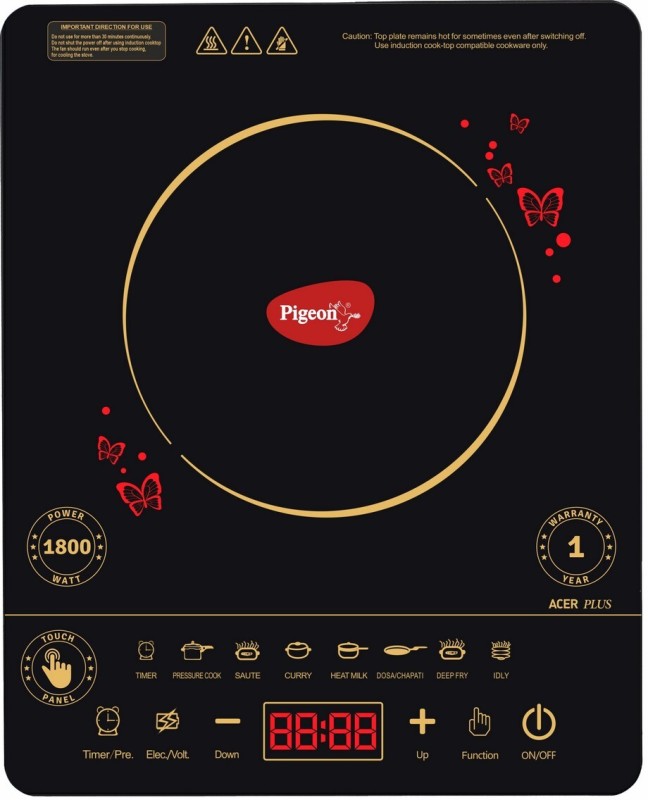
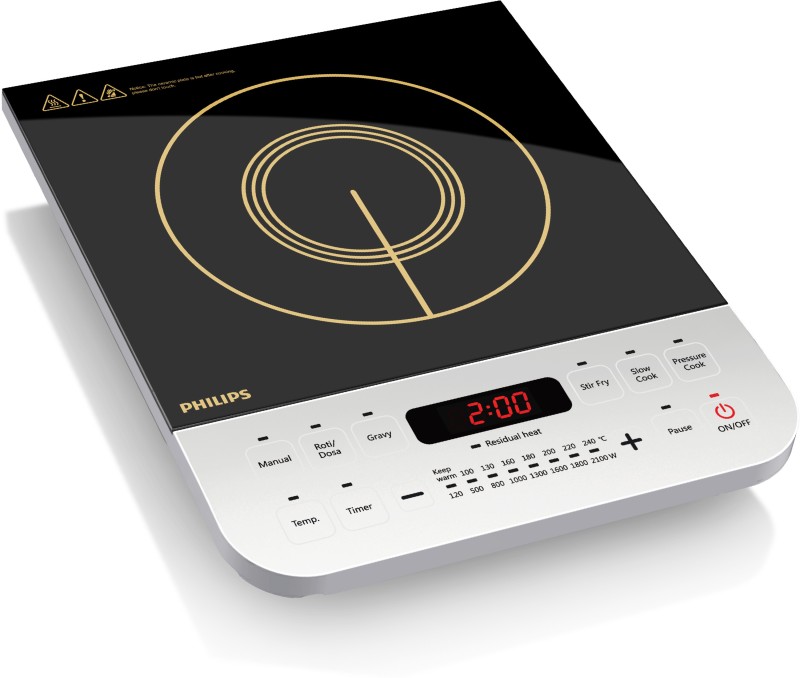
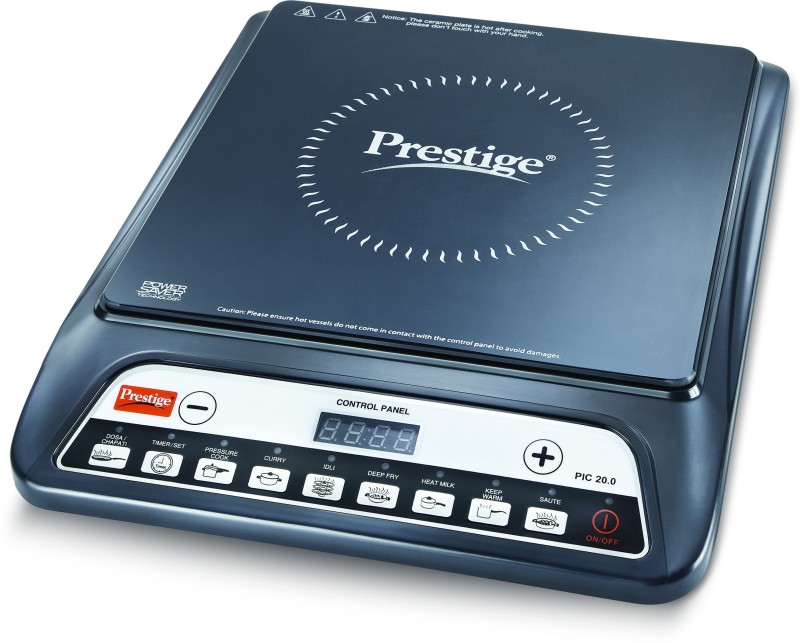
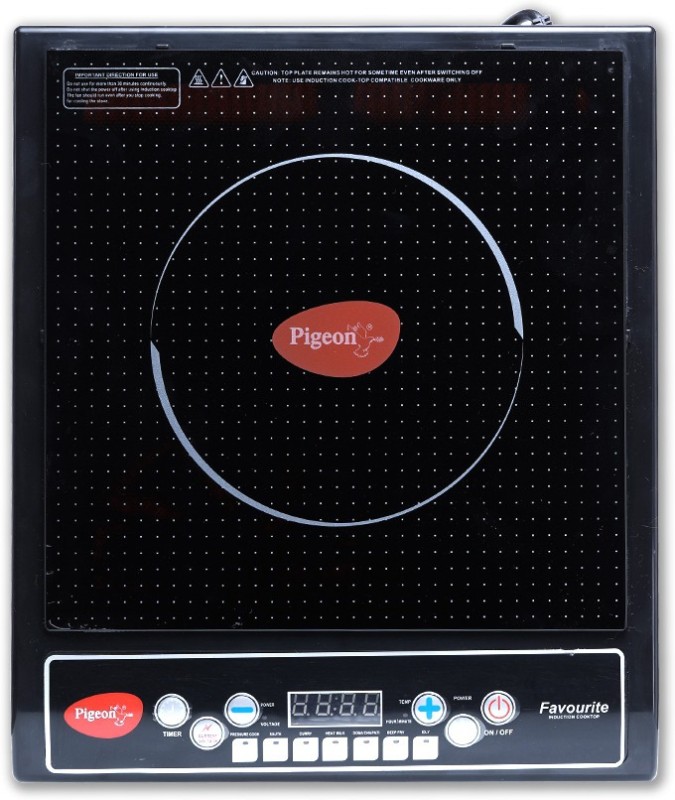

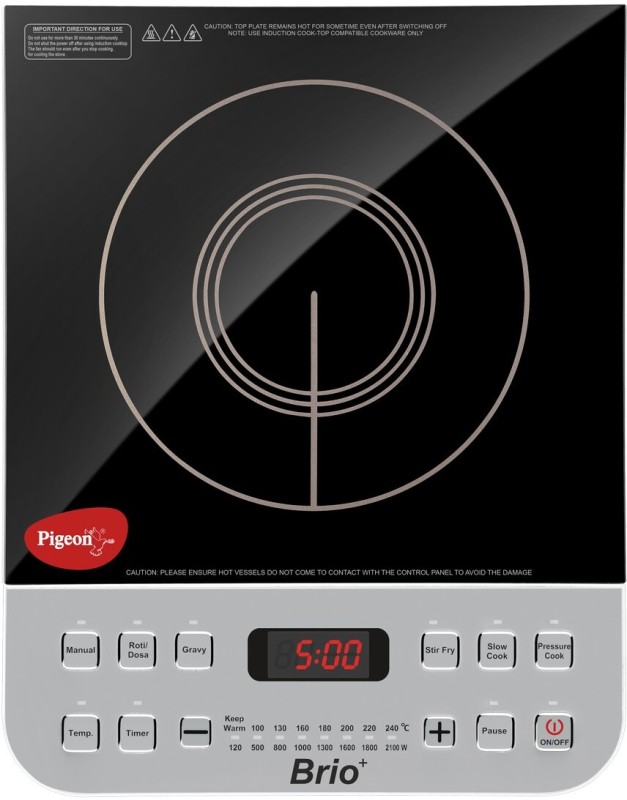


I appreciate the detailed explanation of the science behind induction cooking. It really helped me grasp the concept.
I would have liked to see some comparisons between induction cooking and other cooking methods, but overall, this guide was excellent.
Great article! I never knew how induction cooking worked until I read this. Very informative and easy to understand.